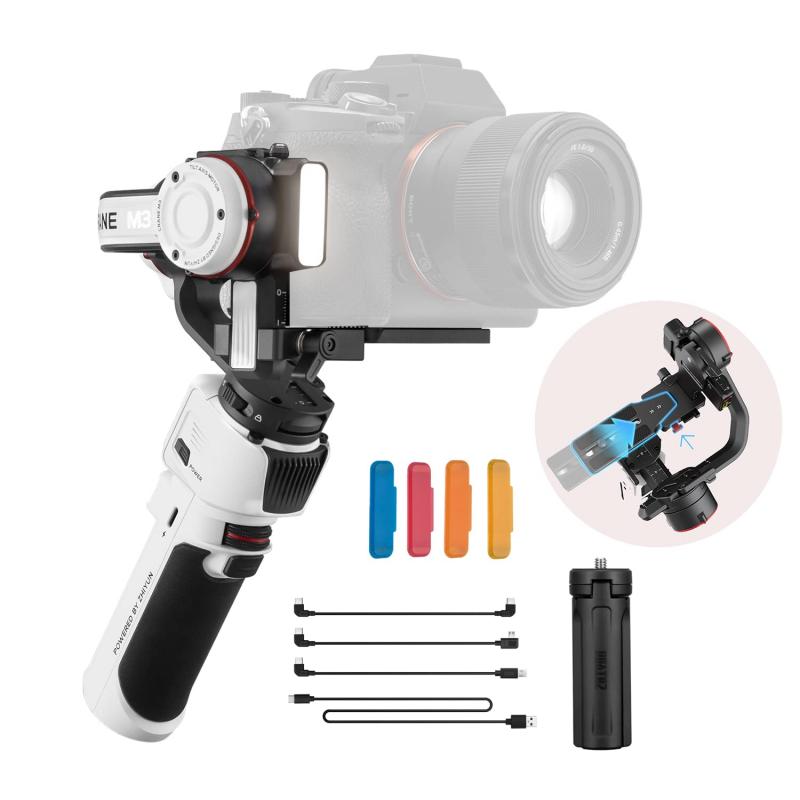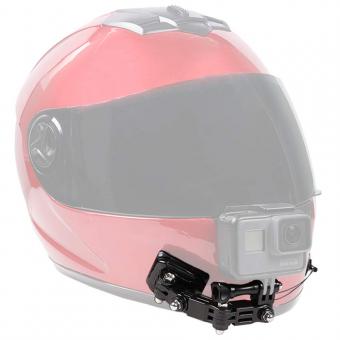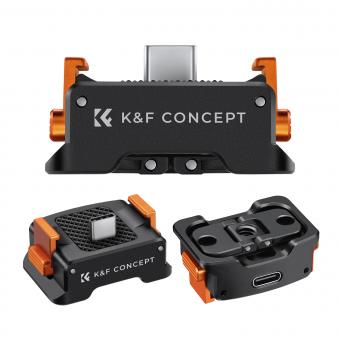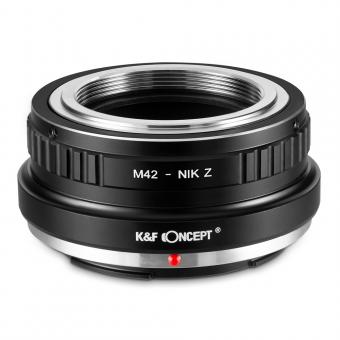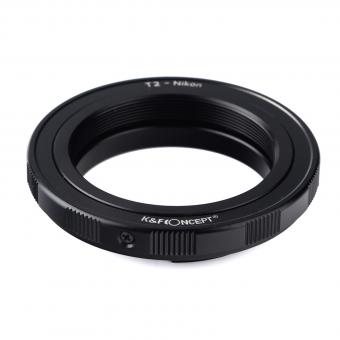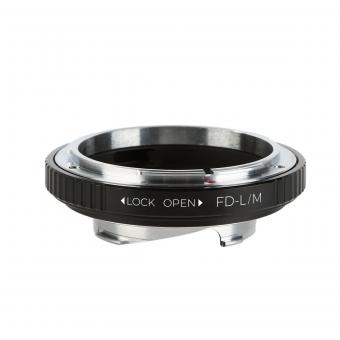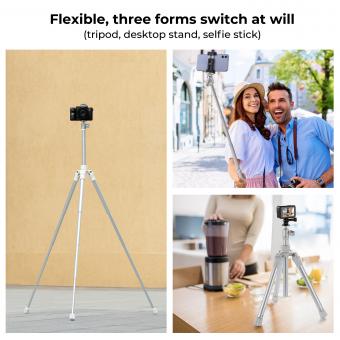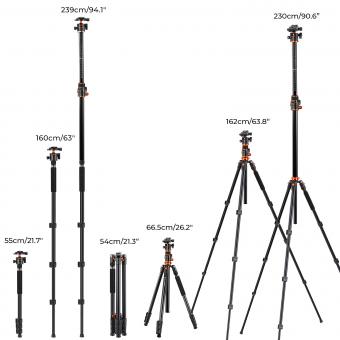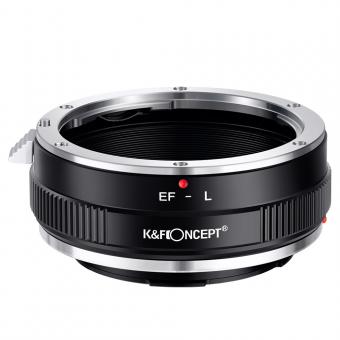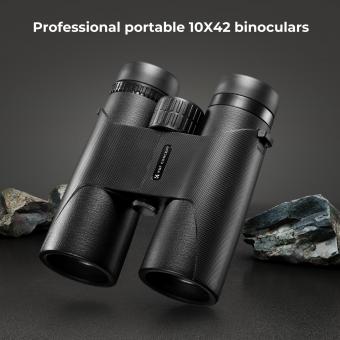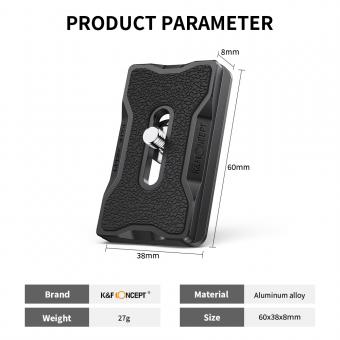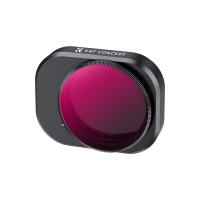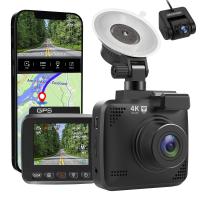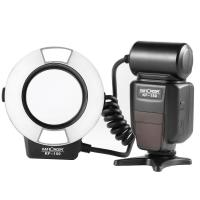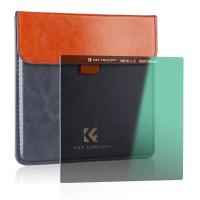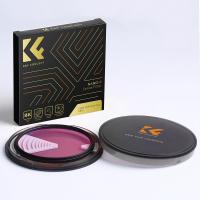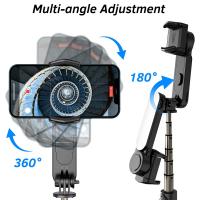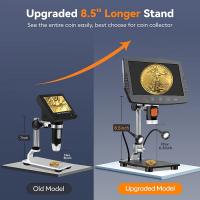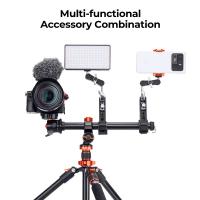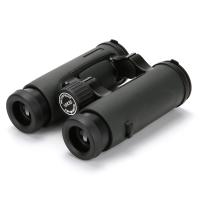How To Camera Stand ?
A camera stand, also known as a tripod, is a three-legged device used to stabilize a camera or other photographic equipment. To set up a camera stand, first, extend the legs to the desired height and lock them in place. Then, attach the camera to the top of the stand using the appropriate mounting plate or screw. Adjust the angle and position of the camera as needed, using the adjustable head on the top of the stand. Finally, ensure that the stand is stable and secure before taking any photos or videos.
1、 Tripod types and features
Tripod types and features are essential to consider when choosing a camera stand. There are several types of tripods available in the market, including tabletop, compact, full-size, and professional tripods. Each type has its own unique features and benefits.
Tabletop tripods are small and lightweight, making them ideal for travel and outdoor photography. They are also great for shooting videos and time-lapse photography. Compact tripods are slightly larger than tabletop tripods and offer more stability and height. They are perfect for shooting in tight spaces and low angles.
Full-size tripods are the most common type of tripod and are suitable for most photography needs. They offer maximum stability and height, making them ideal for shooting landscapes and portraits. Professional tripods are heavy-duty and designed for heavy cameras and lenses. They offer the highest level of stability and precision, making them ideal for professional photographers and videographers.
When choosing a tripod, it is important to consider its features. Some of the essential features to look for include the tripod head, leg locks, and weight capacity. The tripod head is the part that attaches to the camera and allows for movement and adjustments. Leg locks are used to adjust the height and stability of the tripod. The weight capacity is the maximum weight that the tripod can support.
In recent years, there has been a rise in the popularity of travel tripods, which are lightweight and compact, making them ideal for travel photography. Additionally, some tripods now come with built-in features such as smartphone holders and Bluetooth connectivity, making them more versatile and user-friendly.
In conclusion, choosing the right tripod type and features is crucial for achieving stable and high-quality photographs and videos. With the latest advancements in technology, there are now more options available than ever before, making it easier to find the perfect tripod for your needs.
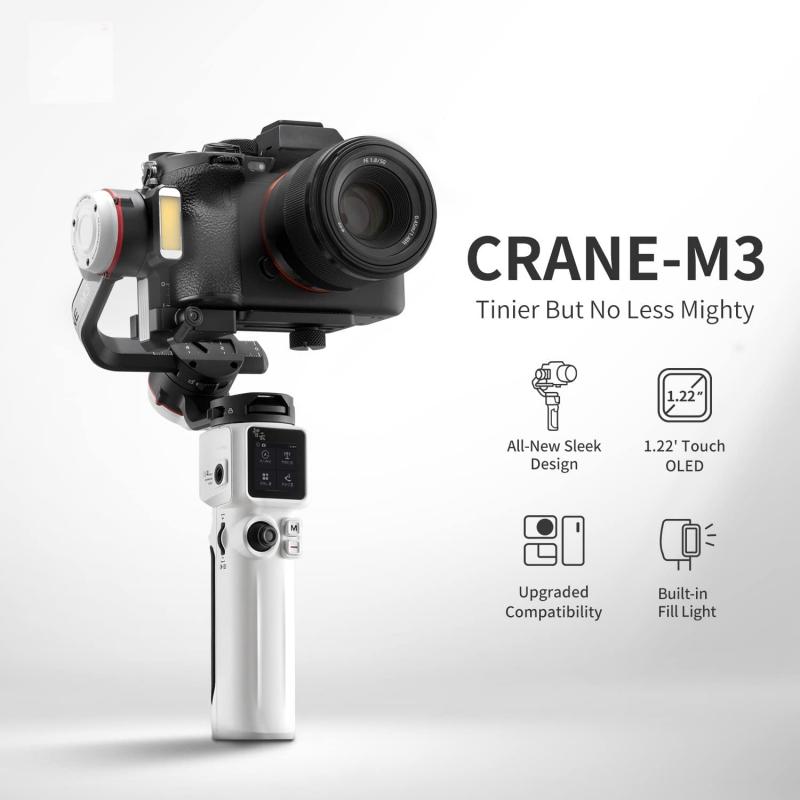
2、 Choosing the right tripod for your camera
Choosing the right tripod for your camera is essential for capturing stable and sharp images. With so many options available in the market, it can be overwhelming to decide which one to choose. Here are some factors to consider when selecting a tripod:
1. Weight capacity: Make sure the tripod can support the weight of your camera and lens. A tripod with a higher weight capacity will be more stable and less likely to tip over.
2. Height: Consider the maximum and minimum height of the tripod. A taller tripod will be more versatile, but a shorter one may be more portable.
3. Material: Tripods can be made of aluminum, carbon fiber, or other materials. Carbon fiber is lighter and more expensive, while aluminum is heavier but more affordable.
4. Stability: Look for a tripod with a wide base and sturdy legs. Some tripods also have a hook at the bottom of the center column to add weight for extra stability.
5. Features: Some tripods come with additional features such as a ball head, quick-release plate, or adjustable legs. Consider which features are important to you.
In addition to these factors, it's also important to consider the latest point of view when choosing a tripod. With the rise of mirrorless cameras and smartphones, there are now tripods specifically designed for these devices. These tripods are often smaller and more lightweight, making them easier to carry around. Some also come with smartphone mounts or Bluetooth remote controls for added convenience. Ultimately, the right tripod for you will depend on your specific needs and preferences.
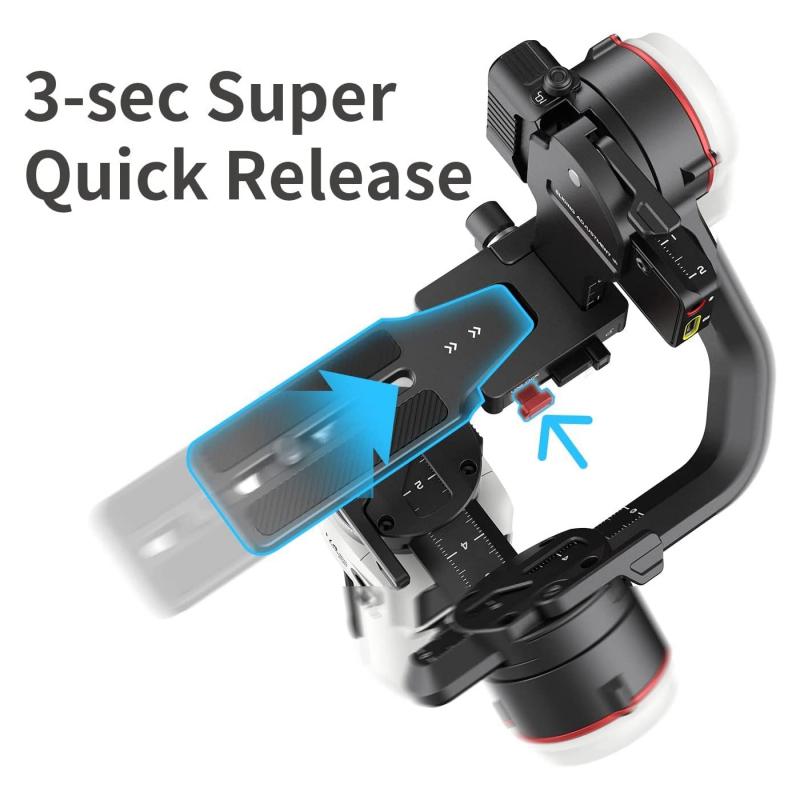
3、 Setting up and adjusting your tripod
Setting up and adjusting your tripod is an essential skill for any photographer or videographer. A tripod provides stability and allows you to capture sharp, clear images and videos. Here are the steps to set up and adjust your tripod:
1. Choose a level surface: Look for a flat and stable surface to place your tripod. This will ensure that your camera is stable and won't tip over.
2. Extend the legs: Extend the legs of your tripod to the desired height. Make sure that the legs are locked in place and secure.
3. Adjust the center column: If your tripod has a center column, adjust it to the desired height. This will allow you to adjust the height of your camera without having to adjust the legs.
4. Attach your camera: Attach your camera to the tripod head using the quick release plate. Make sure that the camera is securely attached and balanced.
5. Adjust the tripod head: Adjust the tripod head to the desired angle and position. This will allow you to frame your shot and adjust the composition.
6. Fine-tune the position: Use the tripod's adjustable legs and center column to fine-tune the position of your camera. This will allow you to get the perfect shot.
In addition to these steps, it's important to choose a high-quality tripod that can support the weight of your camera and lens. Look for a tripod with sturdy legs, a stable center column, and a durable tripod head. With these tips, you'll be able to set up and adjust your tripod like a pro.

4、 Using a tripod for different types of photography
Using a tripod for different types of photography is essential to achieve sharp and stable images. A tripod is a camera stand that provides stability and support to the camera, allowing photographers to capture images without any camera shake or blur. Tripods come in different sizes, materials, and designs, and choosing the right one depends on the type of photography you are doing.
For landscape photography, a sturdy and heavy tripod is recommended to withstand strong winds and uneven terrain. A tripod with a ball head allows for easy adjustments and leveling of the camera. For portrait photography, a tripod with a center column that can be tilted and rotated is ideal for capturing different angles and perspectives.
For macro photography, a tripod with a center column that can be positioned horizontally is recommended to get close to the subject and capture fine details. For long exposure photography, a tripod with a stable base and a hook for hanging weights is essential to prevent any movement during the exposure.
In addition to the traditional tripod, there are also alternative camera stands such as monopods and mini tripods that are more portable and versatile. Monopods are ideal for sports and wildlife photography, where mobility and quick adjustments are necessary. Mini tripods are perfect for travel photography and vlogging, where space and weight are limited.
In conclusion, using a tripod or camera stand is crucial for achieving sharp and stable images in different types of photography. Choosing the right tripod depends on the type of photography you are doing, and there are various options available to suit different needs and preferences.
